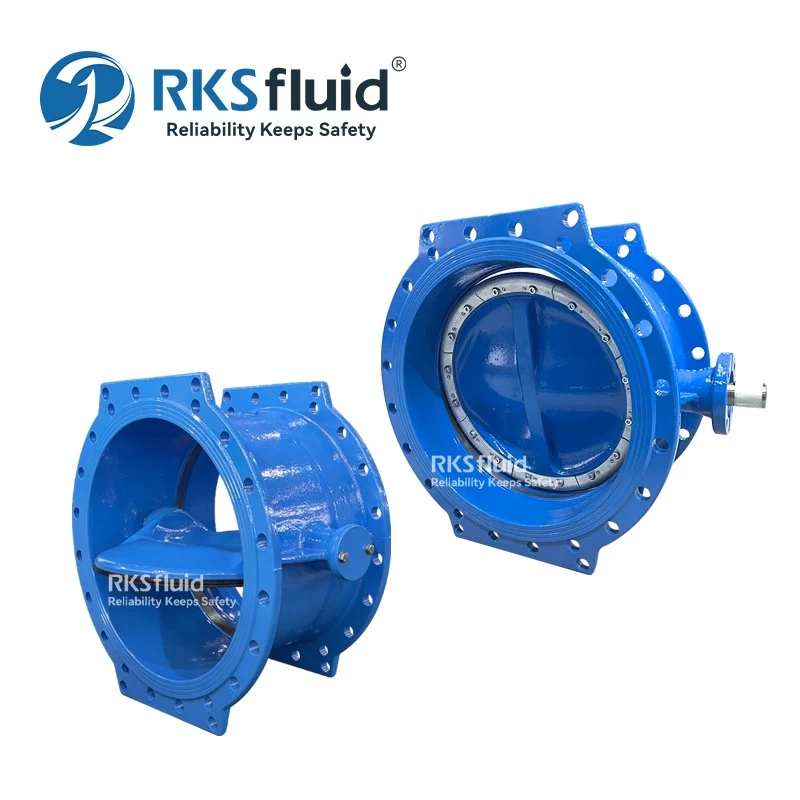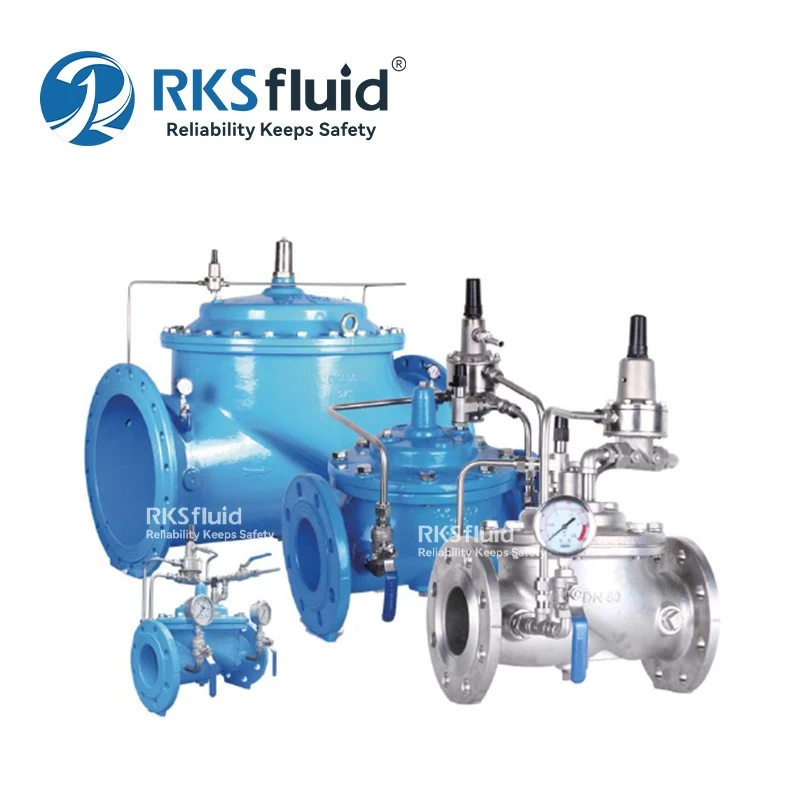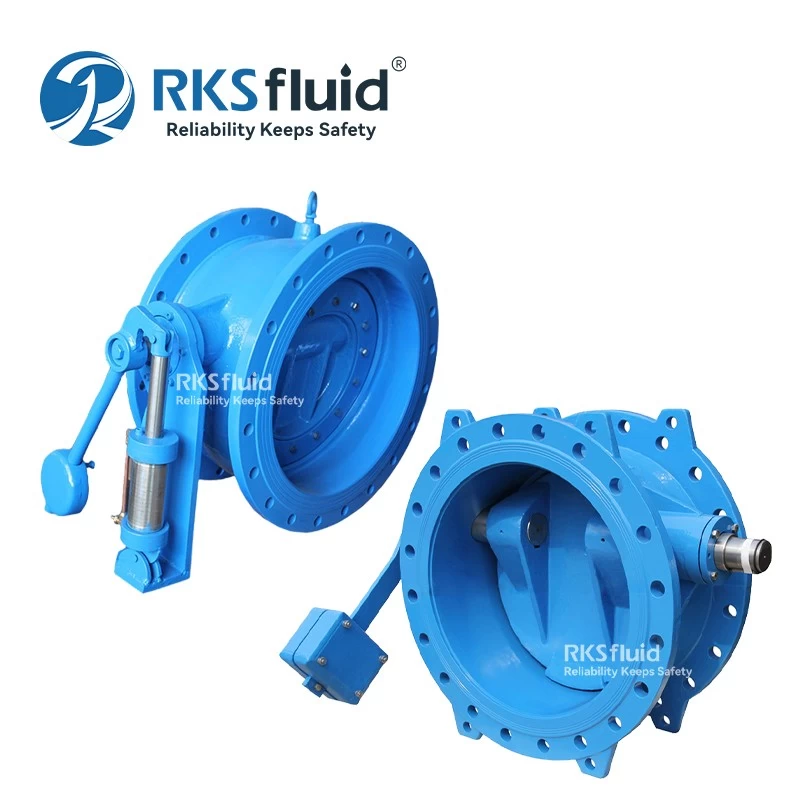- Main Product
- Contact Us
-
RKSfluid Flow Control Company
Web: www.rksfluid.com
Tel: +86 24 2318 0188
Fax: +86 24 2318 0788
Mail: info@rksfluid.com Contact Now
- Subscribe
-
Get email updates on new products
News
The material of the rubber seals commonly used in valves(1)
Measuring the performance and performance of the sealing material
1. Tensile properties
Tensile properties are the first properties to be considered for sealing materials, including: tensile strength, tensile stress, elongation at break, and permanent deformation. Tensile strength is the maximum stress at which the specimen is stretched to break. The tensile stress (the modulus of extension) is the stress that is reached when the elongation is specified. Elongation is the deformation caused by the specified tensile force of the specimen, and the ratio of the elongation to the original length. The elongation at break is the elongation at which the sample is broken. The tensile permanent deformation is the residual deformation between the marking lines after the tensile fracture of the sample.
2. Hardness
Hardness indicates the ability of the sealing material to resist intrusion by external force and is one of the basic properties of the sealing material. The hardness of the material is related to other properties to a certain extent. The higher the hardness, the greater the strength, the smaller the elongation, the better the wear resistance, and the worse the low temperature resistance.
3. Compression performance
The rubber seal is usually in a compressed state. Due to the viscoelasticity of the rubber material, the pressure will decrease with time when compressed, and the compression stress is relaxed; after the pressure is removed, the original shape cannot be restored, and the compression permanent deformation is exhibited. This phenomenon is more pronounced in high temperature and oily media, which is directly related to the durability of the sealing ability of the sealed article.
4. Low temperature performance
To measure the low temperature characteristics of rubber seals, the following two methods for testing low temperature performance are as follows: 1) Low temperature retraction temperature: The sealing material is stretched to a certain length, then fixed, and rapidly cooled to below the freezing temperature to reach equilibrium. The test piece was released, and the temperature was raised at a certain speed. When the recording pattern was retracted by 10%, 30%, 50%, and 70%, the temperatures were expressed by TR10, TR30, TR50, and TR70, respectively. The material standard is based on TR10, which is related to the brittleness temperature of the rubber. Low temperature flexibility: After the sample is frozen at a specified low temperature for a predetermined period of time, it is reciprocally bent at a predetermined angle to examine the sealing ability of the sealing member after repeated action of the dynamic load at a low temperature.
5. Oil resistance or medium resistance
In addition to contact with petroleum-based, diester, and silicate oils, the sealing materials are sometimes exposed to corrosive media such as acids and bases in the chemical industry. In addition to corrosion in these media, at high temperatures, it causes expansion and strength reduction, and hardness decreases. At the same time, plasticizers and soluble substances in the sealing material are extracted, resulting in reduced mass, reduced volume, and leakage. Generally, at a certain temperature, the quality, volume, strength, elongation, and hardness of the sealing material are measured after immersing in the medium for a certain period of time to evaluate the strength of the sealing material against oil or medium.
6. Anti-aging performance
When the sealing material is subjected to oxygen, ozone, heat, light, moisture, and mechanical stress, it will cause deterioration of performance, which is called aging of the sealing material. The aging resistance (which also becomes weather resistant) can be expressed by the change in strength, elongation, and hardness of the pattern after aging, and the smaller the rate of change, the better the aging resistance.
Note: Weather resistance refers to a series of aging phenomena such as fading, discoloration, cracking, chalking and strength degradation of plastic products due to exposure to sunlight, temperature changes, wind and rain, etc. Irradiation is a key factor in aging plastics.











